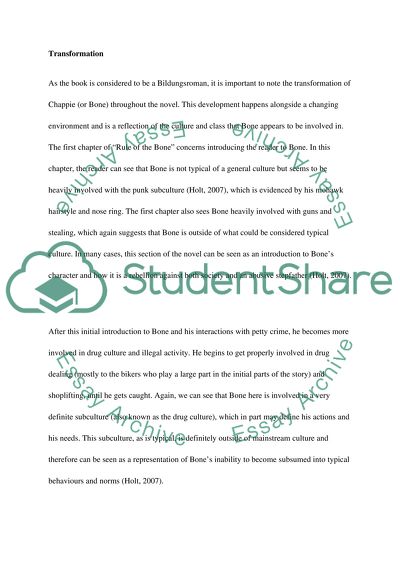Cite this document
(“Researched Literary Analysis Rule of the Bone Research Paper”, n.d.)
Retrieved from https://studentshare.org/literature/1483925-researched-literary-analysis-rule-of-the-bone
Retrieved from https://studentshare.org/literature/1483925-researched-literary-analysis-rule-of-the-bone
(Researched Literary Analysis Rule of the Bone Research Paper)
https://studentshare.org/literature/1483925-researched-literary-analysis-rule-of-the-bone.
https://studentshare.org/literature/1483925-researched-literary-analysis-rule-of-the-bone.
“Researched Literary Analysis Rule of the Bone Research Paper”, n.d. https://studentshare.org/literature/1483925-researched-literary-analysis-rule-of-the-bone.


